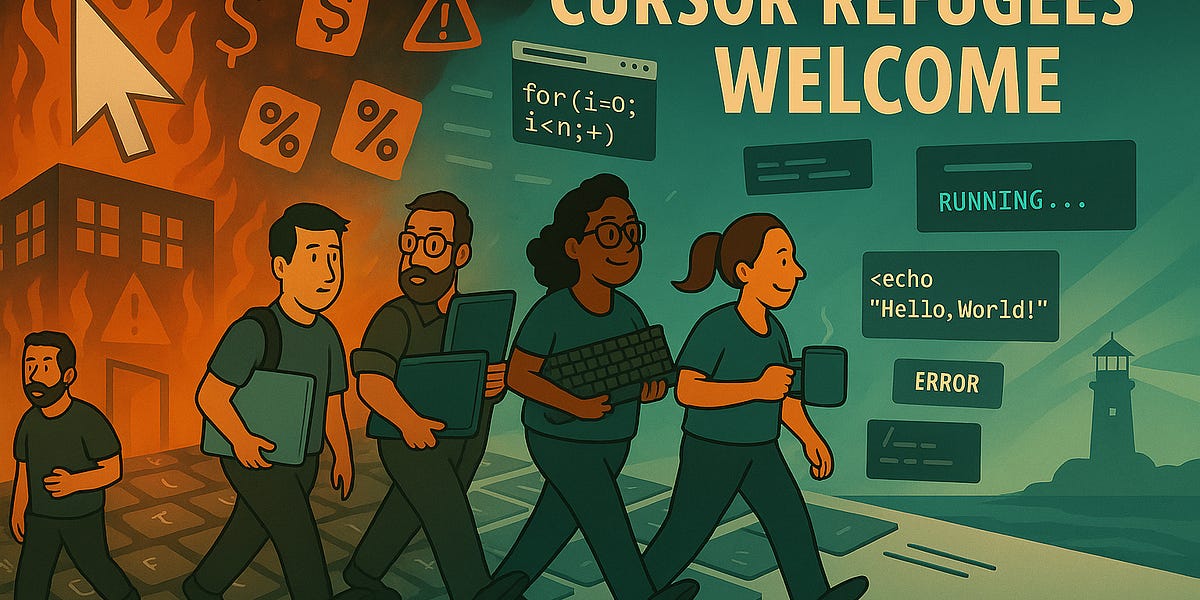On 11th September, the Elizabeth line carried over 1 million passenger journeys in a single day, and on that same day, up in Derby, workers were busy building more Elizabeth line trains to carry even more passengers.

The Elizabeth line currently has 70 trains, and last June, the government agreed to buy an additional ten trains at a cost of £370 million. That was in part because the Elizabeth line needs them to cope with current and future demand, especially when HS2 opens. However, it also provided a vital lifeline to the Alstom factory in Derby, where the trains are made, saving a lot of jobs in Derby and across its supply chain.
The contract includes new trains, which are funded by £220.5 million from the Department for Transport. TfL then covers the maintenance costs and has signed a contract for them up to 2046, bringing the total contract value to £370 million.
And the new trains are being built where the previous 70 were — at Alstom’s factory in Derby.
The Derby factory is also where thousands of people recently visited for the Greatest Gathering, and as soon as the gates closed to the public on Sunday evening, the staff at Alstom quickly got to work moving one of the Pendolino trains that was on display to make space for a freight train carrying loads of sheet metal for the first of the new Elizabeth line trains.
Since then, welders have been turning sheets of steel into what will eventually become a train, and with the first sections completed and sent to the paint shed for their purple cladding, the full assembly work has now started.

One thing that is obvious when explained, but as a soundbite sounds very odd, is that they start building the train upside down.
The floor and ceiling plates need all their electrics and equipment fitted, and it’s much easier to do that by looking down than looking up. So the huge carriage-length welded sheets are rotated so the bottom side is facing up for the fitting work, then rotated back the right way round when finished.

In a long factory shed, they break the job into floor, ceiling, side walls, and doors, aiming to complete an entire train carriage once a week.
Once fully assembled, the carriage would usually go through a rain test to make sure it’s watertight, but the Derby team have developed a new pre-water test that uses ultrasonic scanning to test the welds and fittings first, reducing the risk of a damp carriage if something was missed.
After that, it’s ready to go to another shed for boggies to be fitted underneath, while at the same time another team are fitting the seats and internal panels to turn what looks like a metal tube full of wires into a finished train.

The first fully completed train should be ready by the middle of next year, as the first one always takes a bit longer than the rest, as experience and skills are also recovered. After that, they expect to be able to complete a new carriage roughly once a week.
TfL’s Commissioner, Andy Lord, confirmed to me that they expect the first train to enter passenger service around mid to late 2026. However, it’s a bit of a one-in, one-out policy, as the existing fleet of trains is now old enough to require a maintenance overhaul. Yes, the Elizabeth line trains are already eight years old. With the new trains arriving, that means an existing train can be taken out of service for maintenance without affecting passenger services.
The current expectation is that all 10 new trains will be available by the end of 2027, and that’s when they expect to be able to increase train frequency through central London, with the timetable to be confirmed closer to the date.
New trains require more space to store them, and the existing depot at Old Oak Common can take five of the new trains, and TfL is in talks with Network Rail etc, to arrange stabling space on both sides of London for the other five trains.
All that is for the future, while at the moment jobs and investment are going on in Derby to build the trains for London.
Away from the sheds where the trains are being built is the software centre where they write the code that keeps the trains running. And for the first time ever, photos of the simulation centre have been permitted, showing the scale of the work needed to get a modern train onto the tracks.

It’s been said that a modern train is less a train than a computer on wheels, and here you can see the huge amount of wiring and computer equipment that goes into a train. Not all of it on show here, but a lot of it.
Inside the simulation room, they can test almost any situation that a train could encounter, and even use digital twins to work out why a train developed a fault on the railway.
To try and keep the simulation as close to real as possible, they even include the circa five miles of cabling intact. It might take an extra billionth of a second for an electric signal to pass along the full length of the wiring, and that might make a difference to the computer systems, so they test with the full length of wiring as well. Just in case.
And all the error messages on the displays and signals, which creates the slightly odd experience of standing in a Derby building while listening to a computer thinking it’s approaching Manor Park station.
This is where software updates are tested, and a software upgrade for the Elizabeth line is scheduled for later this year to improve reliability and fix some issues reported by train drivers.
While obviously the ten additional trains will be good for Londoners, the money that pays for them is spent across the UK in the supply chain. In addition to the staff working at the Alstom site in Derby, they estimate that the Elizabeth line contract will support almost 40 companies across the UK, totalling more than 1,000 employees
And Elizabeth line train number 71 should be carrying passengers this time next year.








.png)






